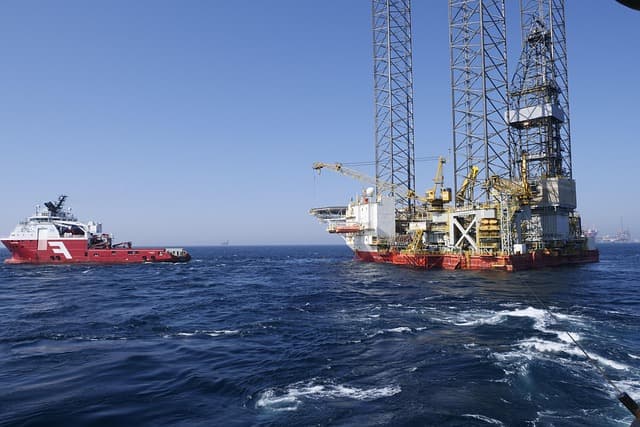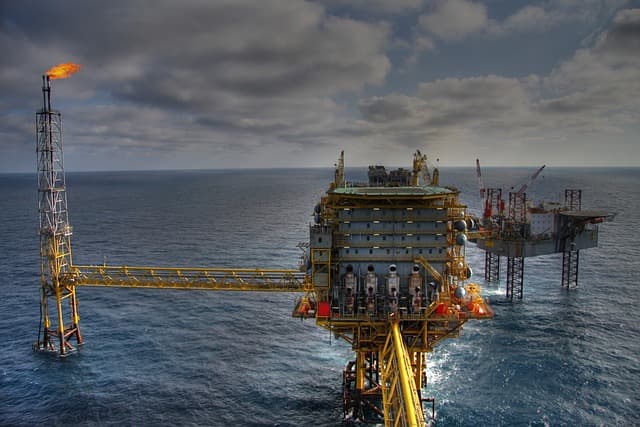Modern technology has significantly changed the approach to the extraction of natural resources, especially in such challenging and dangerous environments as subsea offshore fields. One of the key advances in this area has been autonomous underwater robots, or AUVs (Autonomous Underwater Vehicles), which are becoming an increasingly important element in offshore oil and gas production every year.
Underwater robots are machines capable of performing tasks at great depths where human presence can be dangerous or even impossible. These robots can operate in the most challenging environments – at depths of more than a thousand meters, in high pressures and low temperatures. They are capable of exploring the seabed, searching for mineral deposits, and performing various tasks to maintain and repair equipment on platforms and pipelines.
One example of such use is the oil and gas industry, where autonomous underwater drones are actively used to survey the seabed and install subsea platforms. Thanks to these robots, preliminary field surveys, accurate mapping surveys and pipeline inspections are possible. Previously, many of these tasks were performed using large and expensive crewed projectiles, but with the advent of autonomous technology, the process has become much more efficient and cheaper.
In recent years, AUVs have also become integral to the development of new underwater technologies, such as the installation and maintenance of underwater wind turbines, which are used to generate power in remote areas of the oceans. Robots are used to monitor the condition of these structures and perform repair tasks, minimizing downtime and increasing operational efficiency.
In addition, autonomous underwater robots help in the study of deep sea ecosystems, including the study of living creatures and their interactions with humans. This can be useful not only for scientific research but also for environmental protection, as robots can detect pollution or other threats to ecosystems before they become catastrophic.
The development of autonomous technology for underwater operations opens new horizons in the extraction and protection of natural resources. Robots can reduce risks to humans, speed up operations, and significantly reduce the cost of maintaining and repairing subsea facilities. At the same time, thanks to continuous improvement and technology development, autonomous drones are becoming increasingly versatile, enabling them to perform a wide range of tasks in a variety of fields.



